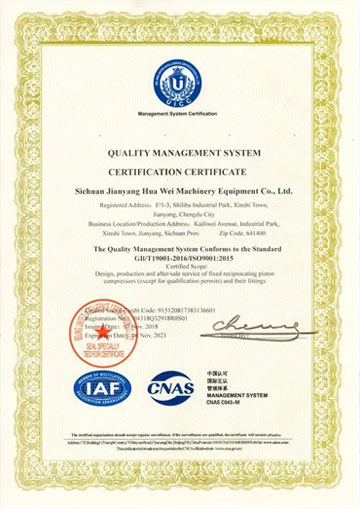

flange head nut
Ott . 20, 2024 05:20 Back to list
flange head nut
Understanding Flange Head Nuts Function, Design, and Applications
Flange head nuts are a specialized type of fastener critical in various applications across multiple industries. Recognized for their distinctive design, which includes an integrated flange at the base, these nuts provide several advantages over traditional nuts, making them an essential component in modern manufacturing and construction.
What is a Flange Head Nut?
A flange head nut is characterized by its circular base, also known as a flange, which protrudes from the main body of the nut. This flange increases the surface area of the nut, allowing for better load distribution when the nut is tightened onto a bolt or threaded rod. The wide base helps to prevent the nut from sinking into the surface of the material it is anchoring, making it especially useful in applications where the surface is soft or uneven.
Design Features
The design of a flange head nut is not just for visual appeal; it serves a significant purpose in enhancing functionality. Typically, these nuts come with a hexagonal top similar to standard nuts, which provides a flat surface for wrench or socket engagement. The flange can often feature grooves or serrations that improve grip and reduce the risk of loosening due to vibrations. This feature is particularly beneficial in high-vibration environments, making flange head nuts ideal for automotive and aerospace applications.
Flange head nuts are available in various materials, including steel, stainless steel, and plastic, providing options suited for different environments. For instance, stainless steel flange nuts are preferred in corrosive environments, such as marine applications, due to their high resistance to rust and corrosion.
Applications
Flange head nuts have a wide range of applications across numerous sectors. In the automotive industry, they are commonly used to secure components such as engine parts, suspension systems, and chassis elements. Their ability to evenly distribute load and resist loosening makes them suitable for high-stress environments where safety and reliability are paramount.
In construction, flange head nuts are used in various structural assemblies. They can secure beams, girders, and frames, contributing significantly to the overall stability and strength of structures. The flange design allows workers to achieve a secure fit even in poorly aligned or uneven surfaces, which is often encountered in construction scenarios.
flange head nut

Another key application is in machinery and equipment assembly. Flange head nuts provide a stable fastening solution that can withstand constant movement and pressure, essential in manufacturing industries. Their versatility also extends to household appliances and furniture, where they contribute to both functionality and durability.
Advantages
The use of flange head nuts presents several advantages that make them popular among engineers and manufacturers
1. Load Distribution The flange design allows for more even load distribution across a larger area, reducing stress concentrations and potential failure points.
2. Resistance to Loosening The added surface area and potential for serrated designs help keep the nut securely fastened, even under vibrations and repeated use.
3. Reduced Surface Damage The flange helps prevent damage to the surface beneath the nut and minimizes the risk of the nut pulling through softer materials.
4. Ease of Use Flange head nuts can be installed more easily in tight spaces due to their design, helping to streamline assembly processes.
Conclusion
In conclusion, flange head nuts play a pivotal role in various industries, offering enhanced stability, load distribution, and resistance to loosening. Their unique design not only contributes to functional efficiency but also to the longevity of assembled products. As technology advances, the demand for reliable and effective fastening solutions like flange head nuts continues to grow, underscoring their importance in modern engineering and manufacturing.
Latest news
-
Hot Dip Galvanized Bolts-About LongZe|High Strength, Corrosion Resistance
NewsJul.30,2025
-
High-Strength Hot Dip Galvanized Bolts - Hebei Longze | Corrosion Resistance, Customization
NewsJul.30,2025
-
Hot Dip Galvanized Bolts-Hebei Longze|Corrosion Resistance&High Strength
NewsJul.30,2025
-
High-Strength Hot-Dip Galvanized Bolts-Hebei Longze|Corrosion Resistance&High Strength
NewsJul.30,2025
-
Hot Dip Galvanized Bolts-Hebei Longze|Corrosion Resistance&High Strength
NewsJul.30,2025
-
Hot Dip Galvanized Bolts - Hebei Longze | Corrosion Resistance, High Strength
NewsJul.30,2025

